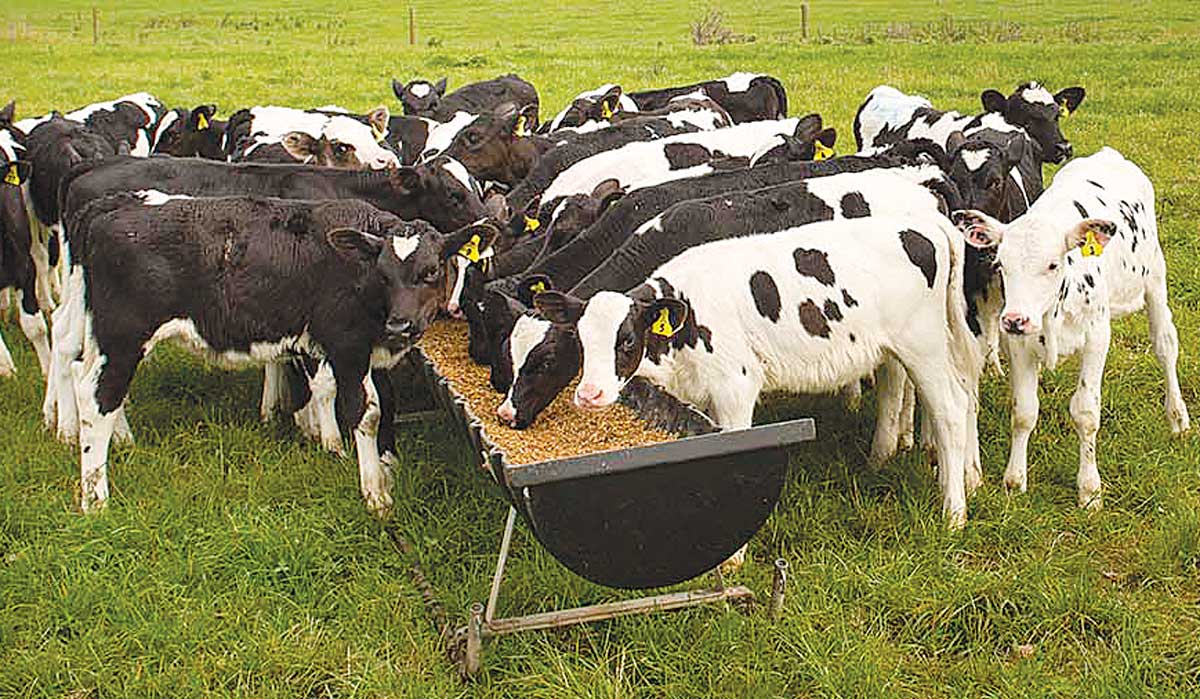Dairy sector profit still on the table, but margin gap tightens
DairyNZ’s latest Econ Tracker update shows most farms will still finish the season in a positive position, although the gap has narrowed compared with early season expectations.
DairyNZ’s annual economic survey shows Kiwi dairy farmers remained profitable in the 2021/22 season despite increases in operating expenses.
DairyNZ head of economics, Mark Storey, says it was positive to see operating profit at the time was up on previous years, with an increase to $4,150 per hectare for owner-operators.
However, at the same time, he says a record-high occurred in operating expenses, and over a year later, it remains a key challenge for farmers.
“It is good to see farmers managed increased expenses and, with careful management of costs and inputs, still being able to achieve higher-than-average operating profit,” says Storey.
He says that for the 2021/22 season, the industry was “fortunate” to see an above-average milk price of $9.19/kgMS which helped enable that success.
“However, farmers also experienced record-high operating expenses per kgMS,” he adds.
It was the second consecutive record-high for operating expenses, with an increase to an average $6.35/kgMS for 2021/22. On a per hectare basis, the most notable increases included fuel, fertiliser, and feed.
“Looking ahead, we are seeing many of these high costs, including high interest rates, being carried into this season, with operating expenses forecast to increase to around $6.78/kgMS,” says Storey.
He says feed continues to be the biggest on-farm cost, and it has been since the 2007/08 season, making it an important consideration for farmers seeking to control farm costs.
“Those farmers can consider strategic planning to reduce the cost of purchased feed by looking at opportunities for planting more crops or forward buying imported feed,” he says.
 |
|---|
|
Feed continues to be the biggest on-farm expense for many dairy farmers. |
Sharemilkers also recorded an increase in operating profit per hectare although higher milk prices were partially offset by a decrease in milksolids per cow.
Storey says the difference between farms with high and low operating profits is that top farmers are more efficient, with lower operating expenses per kgMS.
“That’s why it is important farmers are making a budget and considering how they will manage costs for the season ahead, with more operating expense increases expected,” he says.
Horticulture New Zealand (HortNZ) says a new report projects strong export growth for New Zealand's horticulture sector highlights the industry's increasing contribution to the national economy.
Fonterra shareholders say they will be keeping an eye on their co-operative's performance after the sale of its consumer businesses.
T&G Global says its 2025 New Zealand apple season has delivered higher returns for growers, reflecting strong global consumer demand and pricing across its Envy and Jazz apple brands.
New Zealand's primary sector is set to reach a record $62 billion in food and fibre exports next year.
A new levying body, currently with the working title of NZWool, has been proposed to secure the future of New Zealand's strong wool sector.
The most talked about, economically transformational pieces of legislation in a generation have finally begun their journey into the statute books.